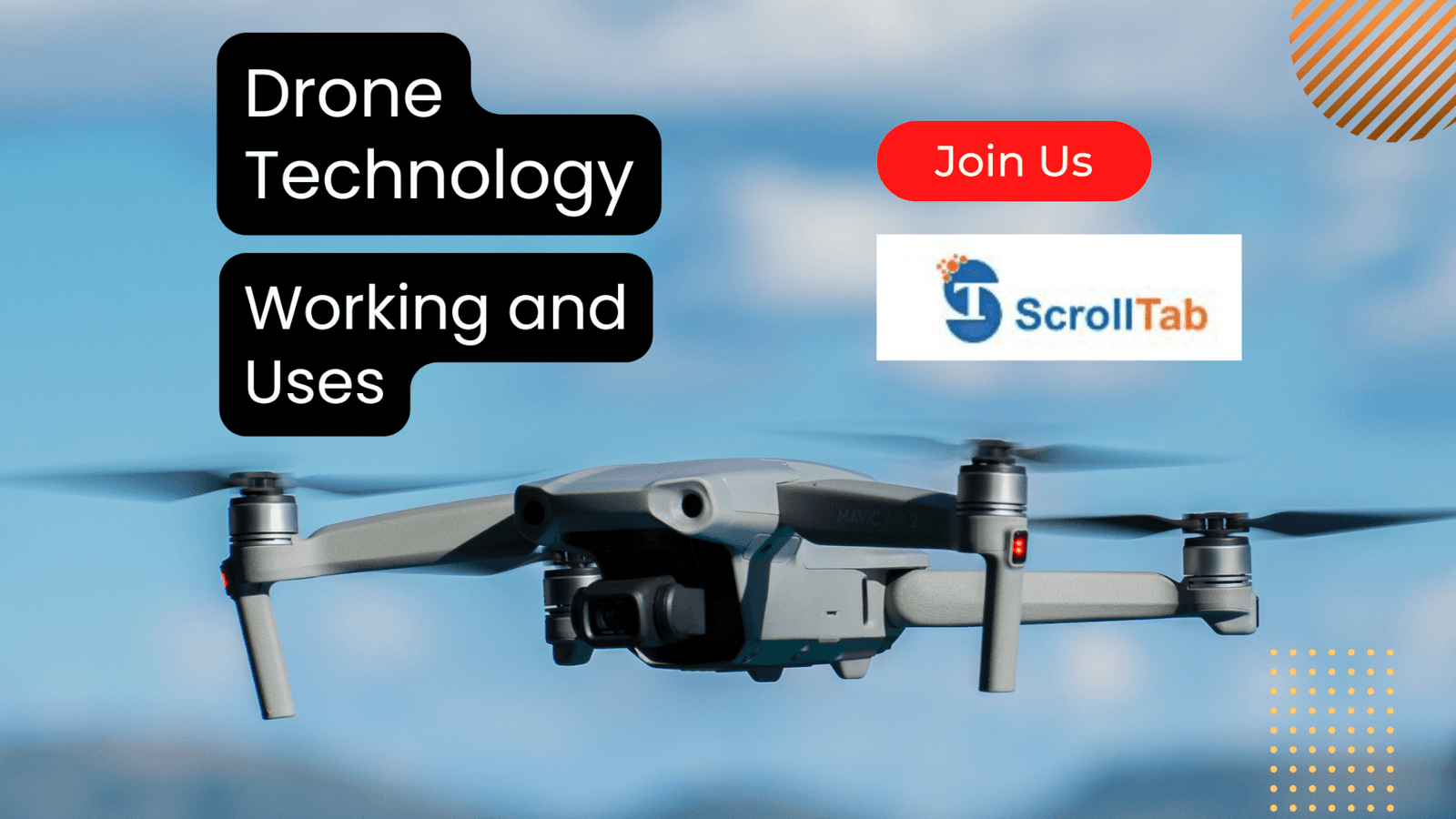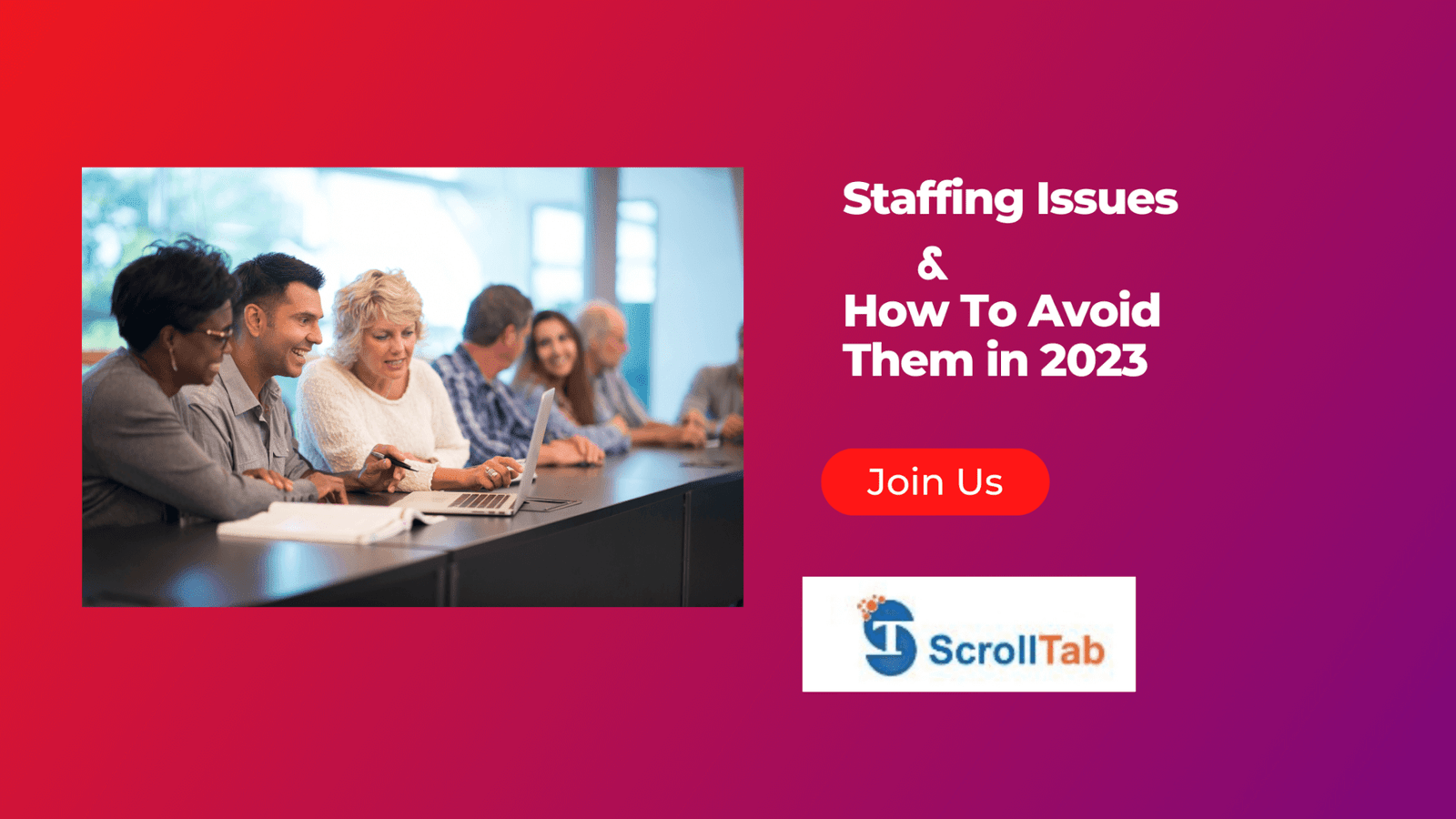The majority of professionals can now choose to work remotely, however this growing trend has also led to an increase in cybersecurity issues.
According to a March 2022 report by Alliance Virtual Offices, a company that offers services to the remote workforce, remote labour during the COVID-19 pandemic caused a 238% rise in cyber threats. The extension of the attack surface brought on by remote work and the rising use of public cloud were both listed as important cybersecurity concerns in Gartner’s “7 Top Trends in Cybersecurity for 2022” report.
According to 78% of CISOs polled by security software company Lumu Technologies, trends like these would make risk-based vulnerability management and security enhancements for remote workers the “most important tasks” in 2023.
There are ways to protect your data, but unfortunately there are no signs that things will slow down. Fortunately, they’re simpler than you would imagine, provided you are aware of the dangers. Let’s discuss some of the most frequent IT dangers associated with remote work and how to protect your data!
Remote access security issues
The exchange of business information or services over a network other than the company infrastructure is a necessity for remote working. It can be done via a range of client devices, many of which are not under the organization’s control.
Risks could also arise from the remote location in which these gadgets are employed. For instance, there can be security worries regarding as mention below
- lack of physical security controls – There is a risk of device loss or theft
- unauthorised access to systems or data – perhaps overlooking the screen.
- If someone gets access to the gadget, they could watch and change the data.
- sniffing or snooping attack- as the data is transmitted through a public internet.
Lack of security talent
Some firms may have delays in fully protecting remote workers due to staffing issues. Network security provider Fortinet revealed that 60% of the 1,223 IT and cybersecurity leaders overviewed said they struggle to recruit cybersecurity talent and 52% struggle to retain qualified workers, while 67% acknowledged that the lack of qualified cybersecurity candidates presents greater risks to their organisations
Less supervision from security officers
According to Skoudis, “workers don’t have cybersecurity teams monitoring what’s going on the home network.” Remote work, by definition, involves some system access, network traffic, and data that is moved outside the typical boundaries of the company technology environment and the security monitoring that takes place there. According to Skoudis, most businesses are unable to extend monitoring to all endpoints and across all networks that are now supporting remote work environments.
The Most common cyber security measures
Remote access risk assessment
You should evaluate the particular risks connected with allowing employees remote access and mobile working. Your mobile working policy will be influenced by the assessment, which will build standards.
- Granting permission for users to work remotely.
- Provisioning devices, and supporting.
- the kinds of data or services that can be accessed or stored on them.
Educate Staff
- If you learn anything from this, keep in mind that you can’t secure your systems by yourself. Even if you master cybersecurity, if your staff isn’t kept up to date, there will still be many entry points for potential threats.
- All new procedures and security standards within your company must be known to anyone with access to your network and other systems. Without it, your security is effectively unavailable.
- Particularly when talking about social engineering attacks, this is true. There is no cybersecurity system in existence that can take the place of employee training in this area.many people are unaware of how to spot a phishing scam
You might consider allowing employees to work from home if your company has below roles
- Are 100% online.
- Center around digital communications.
- Involve meeting and communicating with people in a different city or country.
- Require primarily phone communication.
- Center around inputting digital data on a computer.
List the tools and platforms they should be using.
Your on-site and remote staff should always be working together and using the same approved tools, such as cloud storage services, tools for communication and video conferencing, and tools for project management.
Implementing Multi-factor authentication
Multi-factor authentication would help to reduce the risk of cyber criminals accessing your vault if they were to steal your login credentials. 2FA can also be used to log into corporate devices, internal systems or business critical applications such as Office365, accounting systems or CRM’s.
Almost every online service from your bank, to your personal email, to your social media accounts supports adding a second step of authentication
Users who enable MFA are significantly less likely to get hacked, according to Microsoft. Why? Because even if a malicious cyber actor compromises one factor (like your password), they will be unable to meet the second authentication requirement, which ultimately stops them from gaining access to your accounts.
Firewall Protection
A firewall will stop unauthorised access to and from the network, enhancing the security of the devices used by your employees. Firewalls monitor network traffic while also identifying and obstructing unauthorised traffic Firewalls are crucial tools for defending your remote endpoints from a variety of online attacks.
Firewalls can provide different levels of protection. They key is determining how much protection you need.Next-generation firewalls are more advanced than stateful inspection and packet filtering firewalls. This because, They offer higher degrees of security by doing full packet inspection in addition to the usual packet filtering. This includes a packet’s source and contents in addition to its header. Advanced malware can be blocked by NGFW, which can handle increasingly complex and developing security threats.
Takeaway
In the present company environment, it’s important for you to be inventive and competitive, therefore allowing your workers to work remotely is undoubtedly a critical move. Yet, whether we’re talking about permanent remote workers or those who just do it for a few hours per month, remote work comes with security issues that you should address before you enable anyone to operate from outside the office.
However, you won’t be able to fully take advantage of this opportunity to boost productivity, talent retention, and employee work-life balance until you effectively address this obstacle.
There is no time to spare now that you are aware of some of the most significant IT dangers associated with remote work and how to avoid them. The more time you take, the longer your system is vulnerable to cyberattack. Find the best services for your requirements straight away, train your employees, and remain safe.















